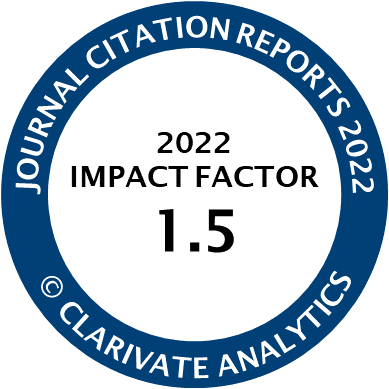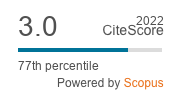Article | Open Access
Phenomenology of Exclusion: Capturing the Everyday Thresholds of Belonging
| Views: | 2111 | | | Downloads: | 1284 |
Abstract: In this article I critically interrogate the ways researchers produce knowledge about the making and unmaking of borders. I do so by focusing on social processes of boundary-drawing that have dramatically intensified since the 2015 summer of displacements in Europe. I think through some of the methodological possibilities and conundrums that arise if we try to make visible the unarticulated social conventions underlying the everyday thresholds of belonging that determine who is permitted in, and who has to remain outside, the affective socio-political space of societies. By drawing on my own research experiences, I show why methodologies aimed at lending marginalized people a voice often fail to capture the voiceless, silent nature of these boundary-drawing practices. I suggest that in order to bring the invisible barbed wires permeating societies into the open, we need to develop phenomenologies of everyday exclusionary practices, or ‘cultures of unwelcome.’ Through my ethnographic encounters with marginalized refugee youth and individuals who believe that the influx of refugees is a threat to their values and ways of life, I argue for more nuanced research methodologies that allow us to better capture the everyday social processes underlying acts of boundary-drawing. I suggest that approaching border work as an intersubjective, worldly phenomenon involves paying attention to the experiences of individuals who find themselves pushed to the margins of society, and to those who actively participate in keeping people and groups marked as other locked out.
Keywords: border work; ethnography; exclusion; phenomenology; radicalization; refugee crisis; right-wing activism
Published:
© Annika Lems. This is an open access article distributed under the terms of the Creative Commons Attribution 4.0 license (http://creativecommons.org/licenses/by/4.0), which permits any use, distribution, and reproduction of the work without further permission provided the original author(s) and source are credited.




